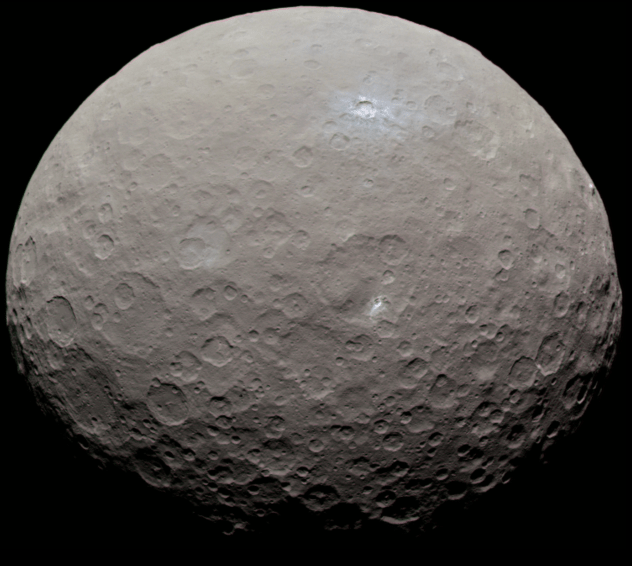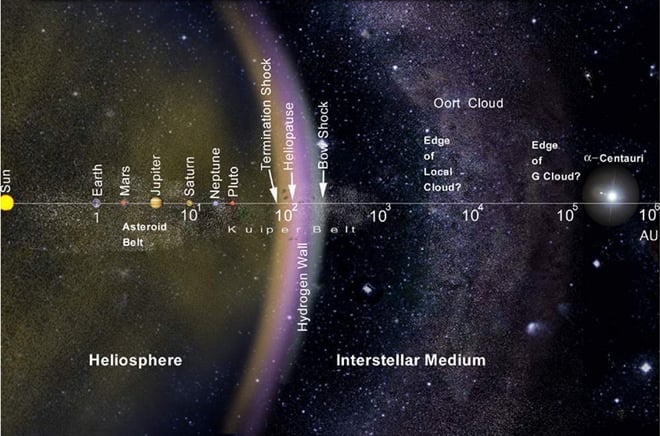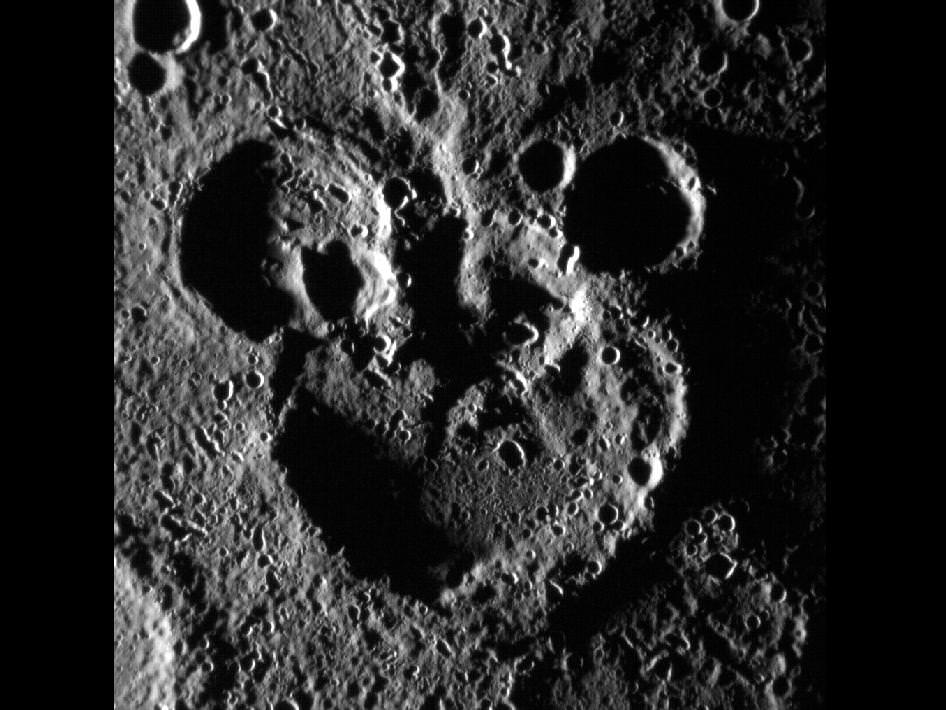
Located in the Solar System's Main Asteroid Belt, between the orbits of Mars and Jupiter, is the dwarf planet Ceres, a strange and mysterious world that could harbor life!
Continue reading

At the edge of the Solar System, there exists a large cloud of icy material and rock, which is where most known comets come from.
Continue reading

The gas giant Saturn is a fascinating place. In addition to its size, impressive ring system, and weather systems, it has over 150 moons and moonlets.
Continue reading

The planet Venus, which is hottest and most hellish world in our Solar System, has a long history of being observed by humans. And someday, humans may actually live there...
Continue reading


















































